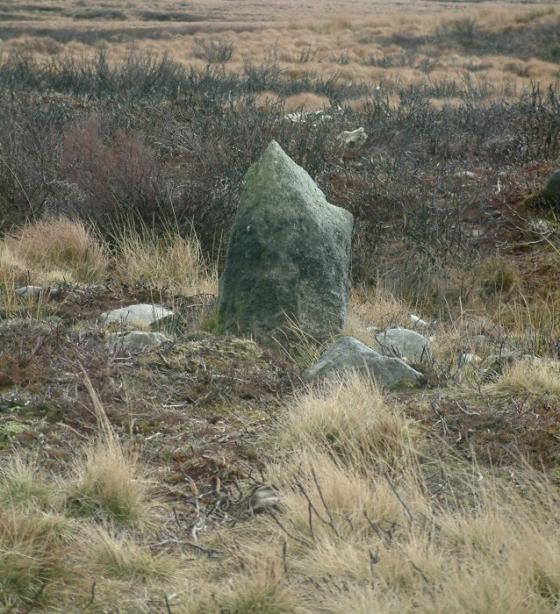Just a field away from the A5209 Wrightington/Parbold with ample parking in a parallel roadway, this mound (described by WLDC as a bowl barrow -see links) is impressive in scale and easily accessed on foot using one of two footpaths either side of a small row of houses on the N side of the road. Walk to the first field boundary behind the houses and there it is.
Access-wise, using the path E of the houses, the ground is level but has one low stile. The other path may provide easier access. The distance from the road is quite short.
It’s quite tall, taller than I’d expected, and doesn’t have a discernible base, whether this is by design or down to agricultural erosion wasn’t clear. Molehills in the field were mainly of earth, while those on the barrow slope contained more in the way of small stones. Viewed from a distance it’s evident that something gets driven over it from time to time, perhaps to keep the turf short.
Just for interest, the field boundary walls were of a dark and damp stone, while if you enter from the E side of the houses, you’ll see a very light coloured stone block. only a few small stones seen in surrounding fields were of the same colour, but I’m not well up on the geology of the area yet.
Good views S from the top towards other high points in the landscape, such as Ashurst Beacon, but the W and N horizons are very close by.
































